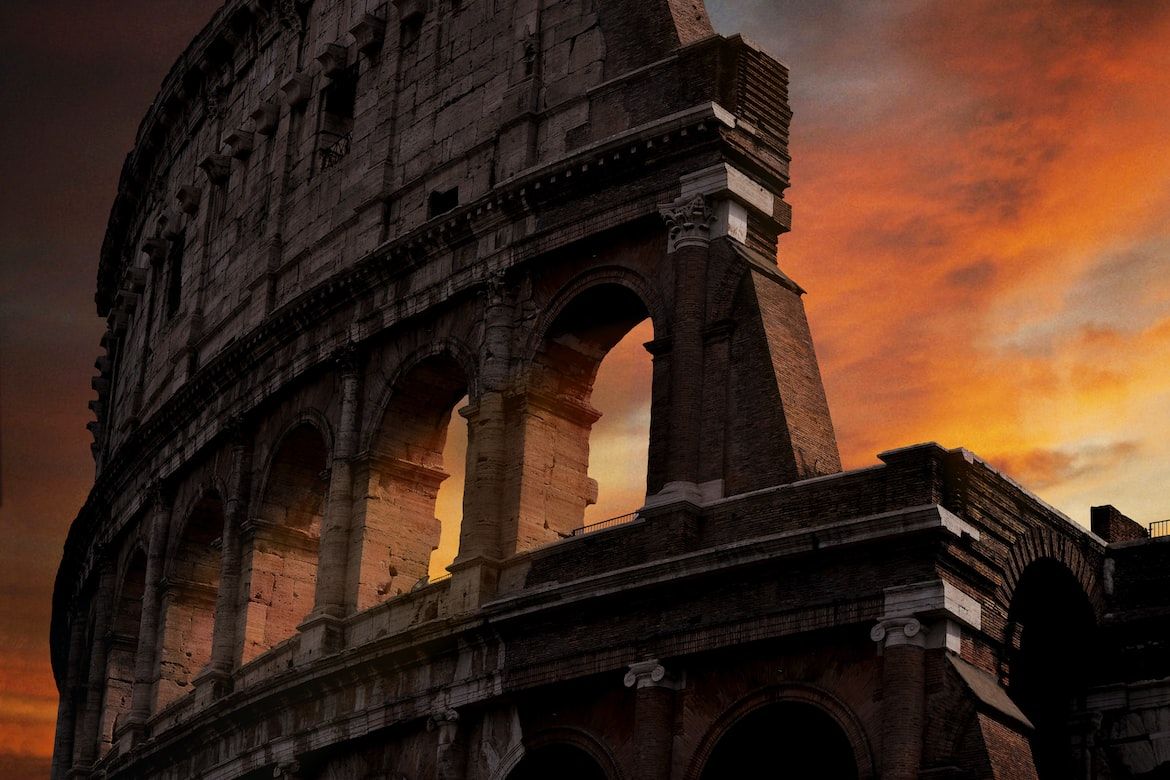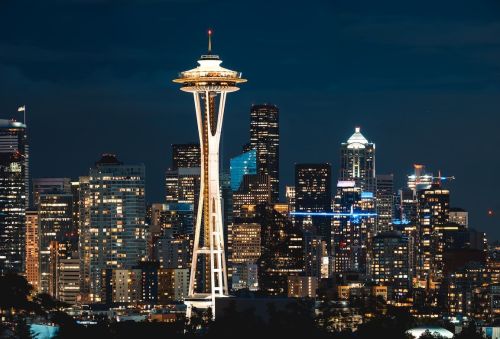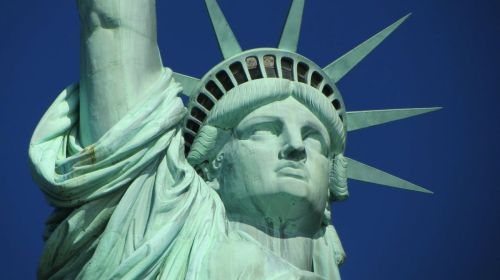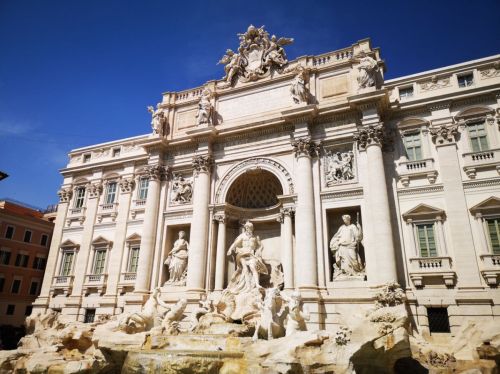18 facts about Constantine the Great
Constantine I, also known as Constantine the Great, was a Roman emperor who reigned from 306 to 337 AD.
He was the author of numerous social, economic ...
Visited by over five million tourists a year, the Colosseum is one of the most important relics of the ancient world. In antiquity, the amphitheater was a site of cruel death scenes for both people and animals. During its functioning, almost half a million human lives were lost in its midst.












